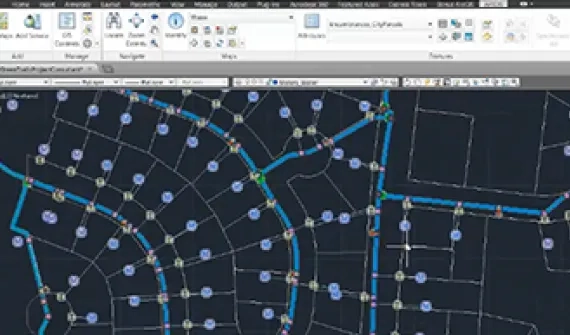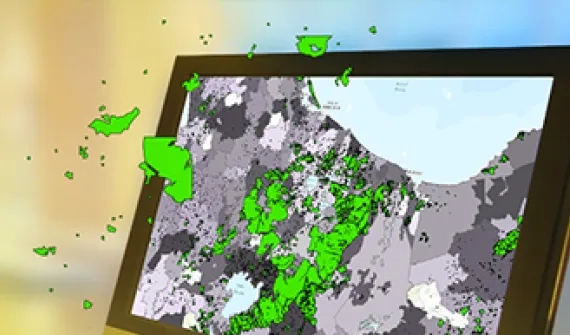The ArcGIS platform is built to work with multiple data formats to ensure data and product interoperability. Formats include standard KML and GML as well as other widely used formats that are considered standard. The ArcGIS Data Interoperability extension enables you to extract, transform, and load (ETL) for data formats and data models.
Product interoperability
Focused solutions to support your specialised workflows







